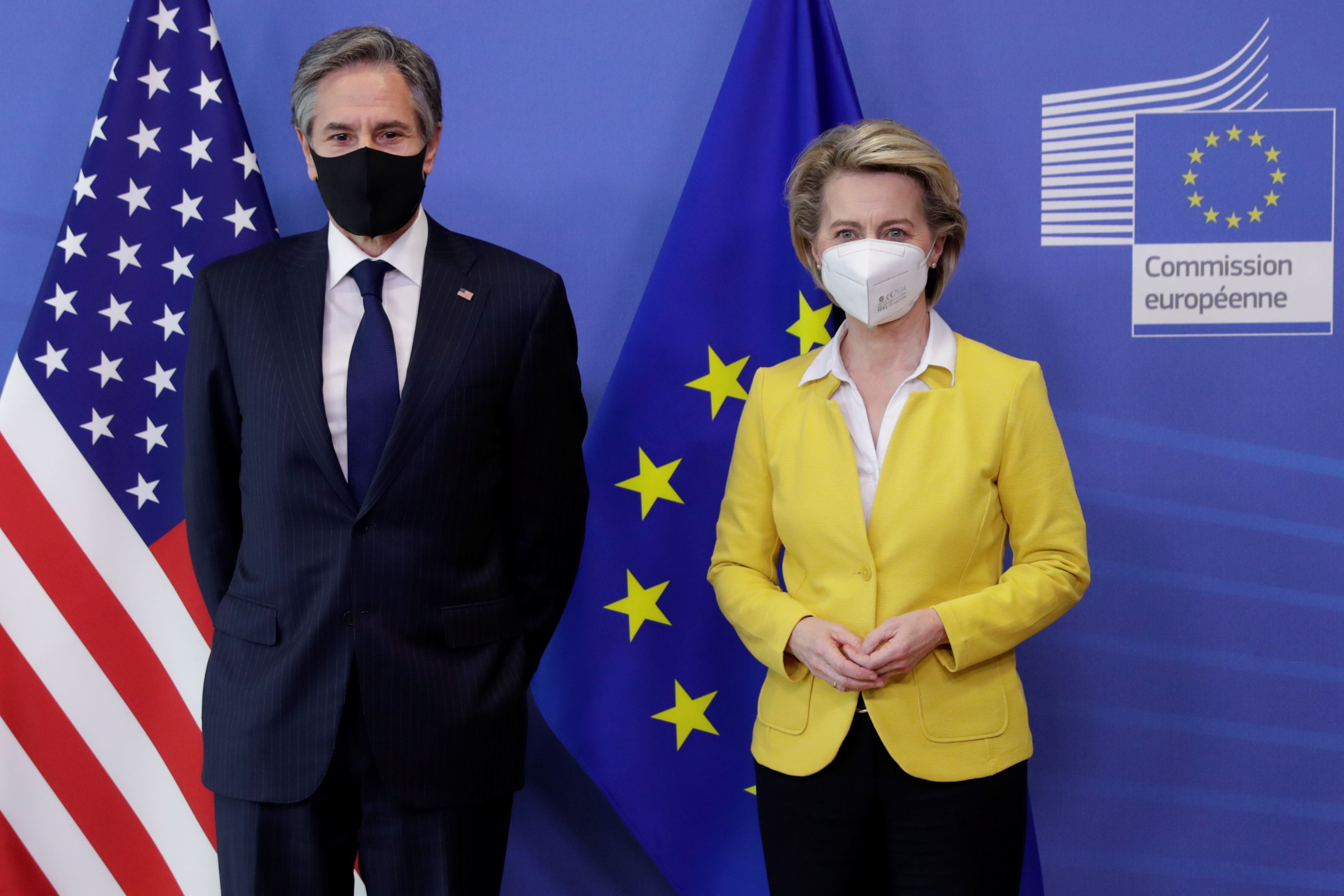U.S. Secretary of State’s First European Visit

What was the purpose of the visit and what is its meaning?
Blinken’s first European visit took place one week after his official trip to Japan and South Korea and the bilateral U.S.-China meeting in Alaska, and provided an opportunity to directly present foreign policy priorities of the Biden administration to European allies. Biden eyes close cooperation with Europe, considered the partner that can significantly support the U.S. in achieving American foreign policy priorities. Such cooperation falls within the central concept of the Biden administration, which is about close cooperation between the U.S. and democratic, rule-of-law states that abide by human rights. This is to enable the U.S. to more effectively counter the policies of Russia and China, which threaten—although in different dimensions—American political, economic, and security interests. Hence, the visit was aimed at assessing prospects for agreeing a common transatlantic approach to China, climate change, combating the COVID-19 pandemic and its economic consequences.
What was the U.S. policy towards NATO presented by Blinken?
At NATO headquarters, Blinken declared the U.S. “unshakable vow” to remain committed to security guarantees for European allies under Art 5 of the North Atlantic Treaty (earlier this year, during the Munich Security Conference, President Joe Biden made the same declaration). He also presented a changed U.S. approach to the Alliance. Its foundations lay in considering NATO as a community of states, sharing the same democratic values. At the same time, America is concerned by a “democratic recession” in some allies. According to the U.S., China is the main threat to the collective security of its allies and their prosperity; Russia follows close behind China on the list of threats to NATO. Blinken also signalled a departure from the strict U.S. approach to burden-sharing and that the level of defence spending (the 2% of GDP target by 2024) will cease to be the main measurement of the European allies’ input to common security.
What was included in the talks with the representatives of EU institutions?
Blinken met with the President of the European Commission Ursula von der Leyen and the EU High Representative for Foreign Affairs and Security Policy Josep Borrell. The joint approach to China and Russia, climate change, the COVID-19 pandemic and the future of the Iran nuclear deal (JCPOA) were discussed. The issues of the EU’s eastern neighbours, the countries of the Western Balkans, tensions in the Eastern Mediterranean, the peace process in Afghanistan, and the conflict in Ethiopia were also raised. Blinken and Borrell announced the re-launch of the U.S.-EU bilateral dialogue on China as a political and expert forum to jointly assess opportunities and challenges stemming from Chinese policies. They also declared that the EU and the U.S. would jointly strive to strengthen EU-NATO cooperation through new mechanisms and develop dialogue on ways to involve the U.S. in EU military cooperation initiatives.
What are the prospects for transatlantic cooperation?
The readiness of the EU and European allies to support U.S. policy towards China will be of key importance to transatlantic relations. Blinken declared that the Biden administration would not pressure governments to choose between cooperation with the U.S. or China. He pointed out that the U.S. understands the complexity of relations linking European countries with China and acknowledged that cooperation with this country is possible. However, he also indicated that this cooperation should mainly concern global issues, such as climate change or combating the effects of the COVID-19 pandemic. In contrast, in new technologies and infrastructure, where China coerces U.S. allies through its technological and economic potential, the U.S. wants to work closely with Europe. American expectations also involve the development of NATO and EU relations with partners in Asia and the Pacific who play an equally important—if not greater—role in the U.S. approach to China than Europe.
What does Blinken’s visit mean for Poland?
A separate meeting of Blinken with the V4 was a signal that the U.S. recognises the importance of the Visegrad countries in the region, including—as emphasised by the U.S.—its role in strengthening Europe’s energy security and economic recovery after the COVID-19 pandemic. For Poland, it is of prime importance that the Biden administration remains “clear-eyed” on Russia and continues to consider it a threat to Europe’s security, hence its support for the continuation of NATO’s adaptation to Russia’s growing military and non-military capabilities. U.S. involvement is decisive in the development of NATO’s new strategy. From the Polish perspective, the strategy must confirm collective defence as the basic task of the Alliance. This position is also in line with current U.S. policy, which, however, will also seek to define a new role for NATO in countering the challenges from China. Consequently, Poland should actively help shape the discussion in the Alliance and the EU on the future of European-Chinese relations.



